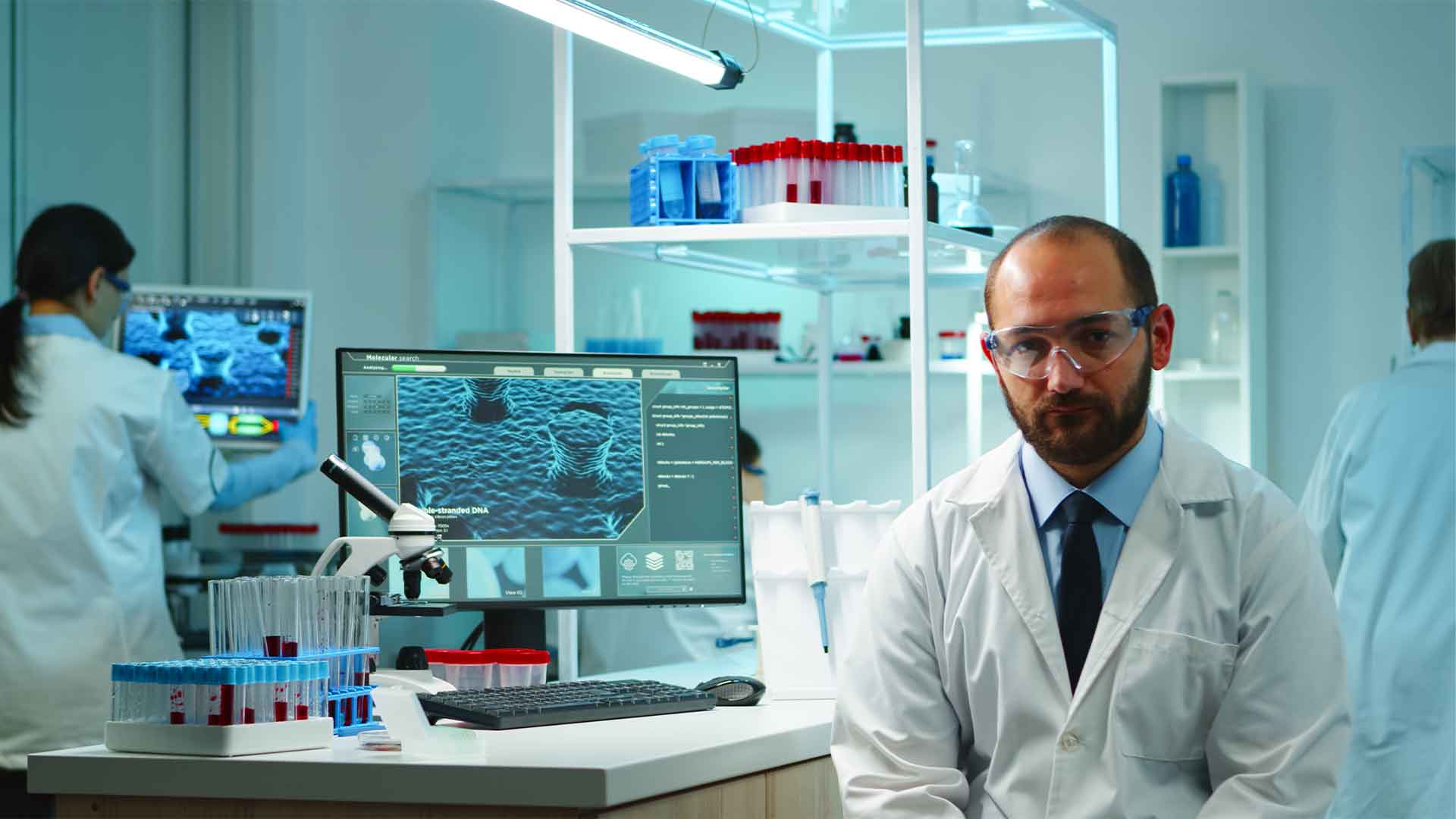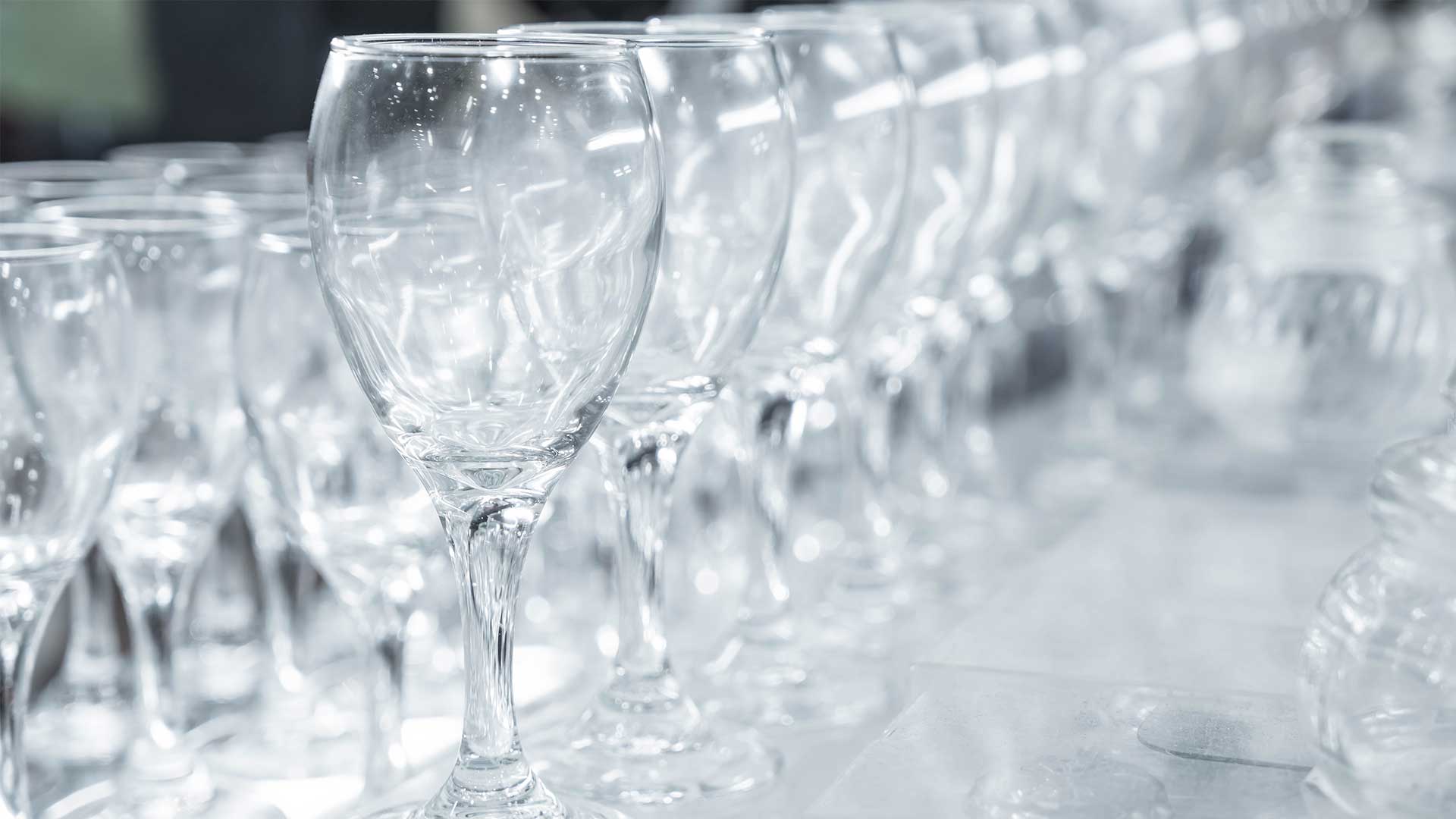Boron Oxide
Boron combines with oxygen to form Boron oxide. Boron oxide appears as colorless, semi-transparent glassy lumps or hard white, odorless crystals. Mp 450°C; bp: 1860°C. Density: 2.46 g cm-3. Moderately soluble in water. Used as an insecticide; as the starting material for synthesizing other boron compounds; as a fluxing agent in enamels and glasses; and in mixture with 2-6% boron nitride, as a bonding agent in the hot isostatic pressing of boron nitride ceramics. Boron, a metalloid, forms amphoteric oxides; Diboron trioxide ( B2O3 ) is the most common oxide of Boron.

Boron Oxide
What is Boron Oxide?
Oxygen forms stable chemical bonds with almost all the elements due to electronegativity. Any binary compound of oxygen with any other element or group of elements is called an oxide. It is represented as an O2 (molecular) ion which is an anion. The elements in the periodic table are divided into categories of different kinds. Oxygen compounds with metals are called metal oxides, while non-metals, are called non-metal oxides. Oxygen carries the oxidation state of -2 usually, for example, carbon dioxide (CO2), of which all of us are well aware.
Metals form basic oxides, but non-metals include acidic oxides. When it comes to Boron, it is a metalloid. What about an oxide with a metalloid? Metalloids are semi-acidic and semi-basic, which means they are neither completely basic nor completely acidic. When they react with oxygen, they form amphoteric oxides.
Types of Boron Oxide
Boron Trioxide
Boron trioxide, also known as diboron trioxide, is one of the oxides made from Boron. It is a transparent, white solid that has the formula B2O3. It is almost always found in the vitreous (amorphous) but can crystallize after extensive annealing (that’s prolonged heat).
Glassy boron dioxide (g-B O 3) is composed of boroxol rings, six-membered rings made of alternating 3-coordinate and 2-coordinate Boron. This view was initially controversial due to the difficulty in building disordered models with many boroxol rings. However, such models have been recently constructed and show excellent agreement with experimental results. Experimental and theoretical studies have shown that the fraction of boron atoms in boroxol rings is between 0.73 to 0.83 in glassy B O 3, with 0.75 (3/4) representing a 1:1 ratio between non-ring and ring units. With increasing temperature, the number of boroxol rings decreases in the liquid state.
Applications of Boron trioxide
- Fluxing agent to glass or enamels
- Start material for synthesizing other Boron compounds, such as Boron Carbide.
- A glass fiber additive ( optical fibers).
- Used as a component to produce borosilicate glasses.
- Inert capping layer used in the Liquid Encapsulation Czochralski procedure for the production of gallium arsenide single-crystal
- Inorganic synthesis as an acid catalyzer

Boron Monoxide
Boron monoxide, also known as B2O, is another chemical compound of Boron (and oxygen). Two experiments have suggested the existence of graphite-like and diamond-like B2O. This is also true for carbon solids and boron nitride. The boron oxide phase diagram was subject to a systematic experimental study that showed that B2O is unstable. The theory also predicted the instability of graphite-like phase B2O.
Boron monofluoride monoxide, oxoborylfluoride, or fluoroxoborane are all unstable organic molecular substances with the formula FBO. It can also be called fluoro(oxo), fluoro-oxoborane, boron fluoride oxide, or fluoro(oxo), borane. It is stable at high temperatures but condenses to a trimer (BOF3)3 below 1000 degrees Celsius.
Because of its production in high-energy rocket fuels that include Boron or fluorine and as an oxyfluoride, boron fluoride dioxide has been studied. BOF glass can be condensed directly from gas, a unique feature.

Boron Suboxide
Boron suboxide (chemical formula B6O) is a solid compound containing six boron atoms and one oxygen atom. Due to its short interatomic bond lengths and strongly covalent character, B6O displays outstanding physical and chemical properties such as excellent hardness (close to that of rhenium diboride and boron nitride), low mass density, high thermal conductivity, high chemical inertness, and excellent wear resistance. B6O can be synthesized by reducing B2O3 with Boron or by oxidation of Boron with zinc oxide or other oxidants.
Boron suboxide (B6O) based materials have shown good properties, making them candidates for cutting tools and other applications where abrasive wear resistance is essential.
The superhard material B 6O has a hardness of 45 GPa, measured on single crystals. High pressure was used to produce the first superhard B 6O-materials. Recent research has shown that different oxides can be used as a sintering agent. This allows reproducible densification at 50 to 80 MPa pressure temperatures between 1800 and 1900 degC. These materials are comparable in hardness to pure B 6O materials but have significantly higher fracture toughness.
Properties of Boron suboxide
B6O is strong in covalently and easy to make at temperatures higher than 1,973K. Initial ab initio density functional calculations of structural properties of boron suboxide, B6O suggest that high electronegativity interstitials may increase the strength of bonding. These calculations confirmed the reduction of covalent bonds. This is thought to favor higher elastic constants and hardness values.
Applications of Boron suboxide
In recent years, intense interest has been shown in the potential uses of B 6O as wear-reduction coatings for high-speed cutting machines, abrasives, and other high-wear applications. Despite intensive research, commercial applications are still not possible. This is due to the low fracture toughness and practical difficulties associated with densifying good crystallinity O material. Many mechanical properties of this material were not fully understood until recent times.
Boron suboxide, a promising armor material, is also available. However, testing is still in its early stages, and no commercial deployment has been announced.





